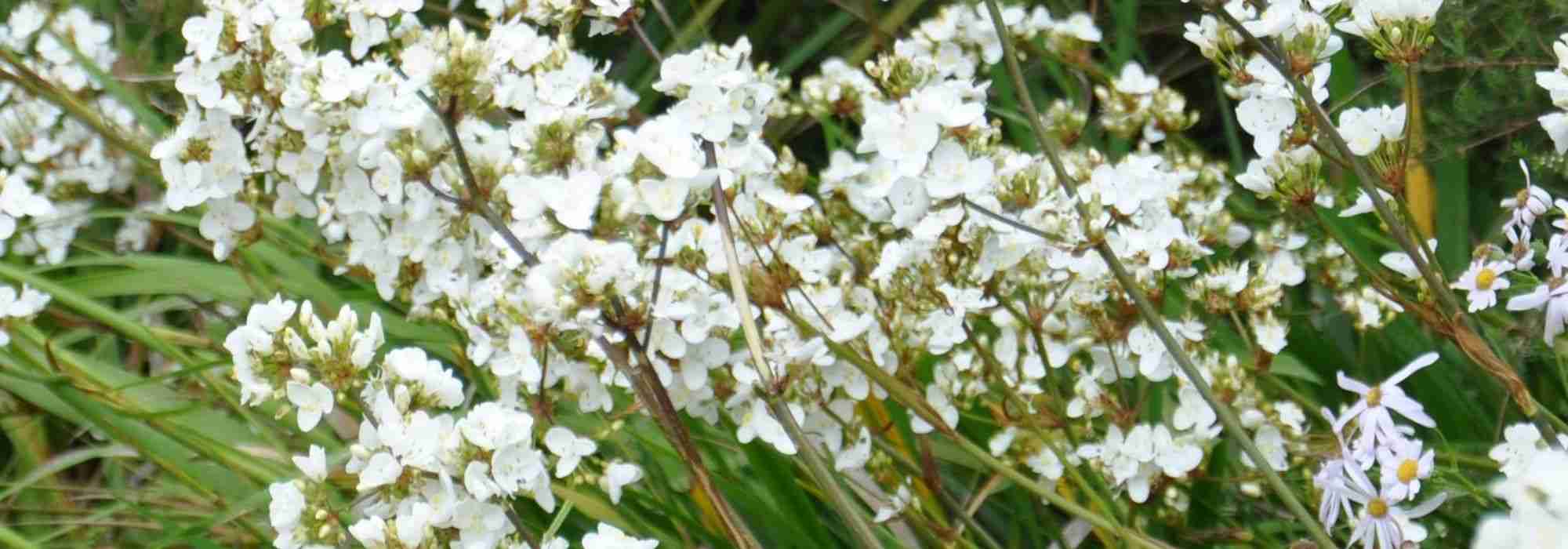
Growing Libertia in pots
Tips and tricks to install it on the terrace or balcony
Contents
Just like in the garden, Libertia can be used on your terrace or balcony primarily for its graphic effect and the decorative interest of its foliage. It will bring lightness to a collection of pots of shrubs, just like a grass would, even though it is an Iridaceae.
Indeed, its sword-shaped foliage is its main attraction – hence its name New Zealand Iris – unfortunately pushing its very interesting white flowering into the background.
With it, you will create a changing, low-maintenance decor that will provide you with colour, shape, and texture, allowing you to enjoy it in all seasons.

Libertias and their grass-like appearance accompany seasonal changes in any decor, even urban ones.
→ To avoid any failure, we recommend planting appropriately: feel free to adopt our web application Plantfit.
When and how to plant Libertia?
Planting period
You can carry out the planting in spring from March to April, or at the end of summer, from September to October. Avoid periods of frost or drought.
Planting
- Soak the rootball to saturate the substrate with water.
- Place the drainage layer (gravel, broken pot pieces, or clay balls) at the bottom of the pot, equivalent to 20% of the volume.
- Fill with substrate and then position your young plant in the centre. Keep the rootball intact, as the rhizomes of libertia dislike being disturbed.
- Fill in with the remaining mix to which you will add a little slow-release fertiliser and then lightly firm it down. Be careful to bury the collar of your libertia by at least one centimetre so that it does not dry out and can better withstand the cold.
- Water generously and then mulch, preferably with an organic material (hemp, flax, RCW…) to nourish the soil. Do this especially the first winter following planting to allow for better establishment, keep the soil cool in summer, and protect against late frosts.
Read also
Libertia: planting, growingWhat type of pot and substrate?
Pot
Install your Libertias in a wide pot: at least 50 cm in diameter, but sufficiently tall to avoid damaging the rootstocks. As all Libertias need well-drained soil, you must ensure that the pot has plenty of holes. Consider the winter period: pthink of a practical solution for moving the pot, which can quickly become very heavy. Lastly, avoid leaving a saucer that would encourage moisture stagnation, which could be fatal for them. In cold regions, bring the pot indoors to protect it from frost in autumn in a greenhouse.
Substrate
There are now substrates specially designed for planting in pots and containers, but it’s better to make your own mix: garden soil, potting compost, and coarse sand in equal parts. Mix everything well to achieve a homogeneous mixture. Avoid filling the pots solely with universal potting compost, which is poorly suited for Libertias.
Repotting should be done every 3 to 4 years if the roots of the plant are cramped. You can also divide the rootstocks of Libertia that have become too dense. Preferably carry out this operation in autumn. Use the divided plants to create new pots.
Discover other Libertia
View all →Available in 2 sizes
Available in 1 sizes
Available in 1 sizes
Available in 1 sizes
Available in 1 sizes
Available in 1 sizes
Available in 2 sizes
Available in 2 sizes
What exposure does Libertia require?
Native to Australasia, Libertia requires warmth, but not too much. It tolerates drought but enjoys a humid atmosphere. An oceanic climate suits it perfectly, provided you avoid overly wet soil in winter. Place your pot in a bright location, either in full sun or under light shade (5 to 6 hours of sunlight a day). Since Libertias are very resistant to salt spray, you can position it by the sea, but avoid strong winds that may break the flower stems.
With a medium hardiness, Libertia can withstand negative temperatures, averaging down to -10 °C. During severe cold, it will need protection from potential damage caused by the cold. If possible, move it to a sheltered, frost-free location that is bright and unheated, such as a conservatory. As a plant with evergreen foliage in winter, you can also insulate its pot using a protective material, such as bubble wrap.
Read also
Plant and grow southern plantsWhich varieties to choose?
Native to New Zealand and Chile, Libertia thrives in our mild climates. This architectural plant is ideal for a contemporary, exotic, or Japanese-style garden. In a modern garden, pair it with phormiums, ornamental grasses, or heathers. By the seaside, it will look stunning with pots of evergreen plants. Choose Pittosporum tenuifolium or a bush of Leptospermum.

Generous flowering of Libertia grandiflora
- Libertia grandiflora is an attractive, opulent, and slow-growing vertical plant. It is interesting with its spreading habit, stiff, linear leaves, and delicate white flowers. This plant grows very well in pots.
- Libertia peregrinans is a rhizomatous perennial that has beautiful winter foliage. The leaves of Libertia are green in the centre and bright orange at the edges. The flowering of a pure white, slightly fragrant flower appears in spring. Libertia tolerates full sun or light shade. Its water needs are moderate. It is hardy to about -8 °C. It does not require repotting for a good ten years.
- Libertia formosa is the hardiest. Its evergreen foliage forms a large, dense cushion 80 cm high. It is a spectacular plant that expands over the years. Its leaves are linear, rigid, leathery, and dark green. It produces long upright spikes adorned with immaculate white flowers that are very decorative from spring onwards.
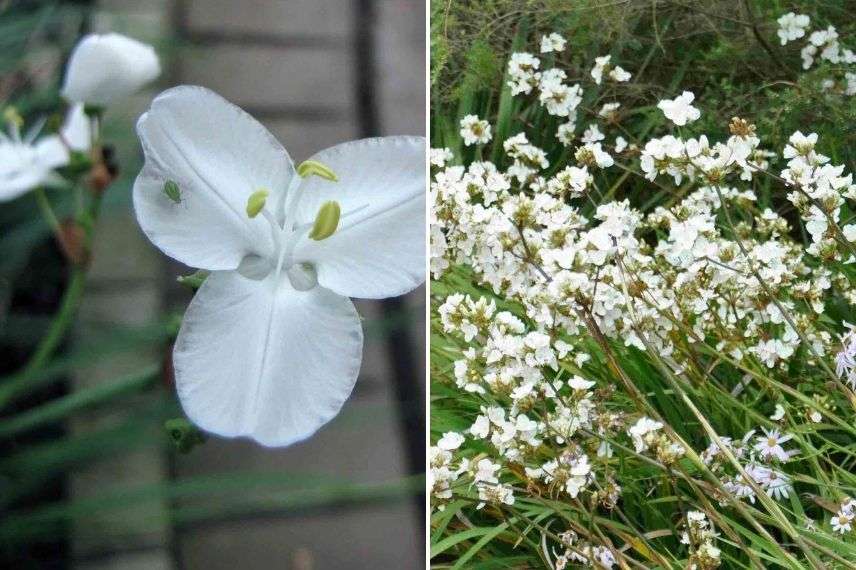
Libertia formosa is hardy and very floriferous
- Libertia ixioides ‘Goldfinger’ forms compact clumps. It enjoys well-drained, sunny situations. Its narrow leaves resemble reeds. Large clusters of white flowers with green or brown hues appear in spring. It blooms in full sun and displays wonderful foliage colours ranging from orange to bronze. The cultivar ‘Taupo blaze’ reveals all the fiery colours of its foliage at sunset.
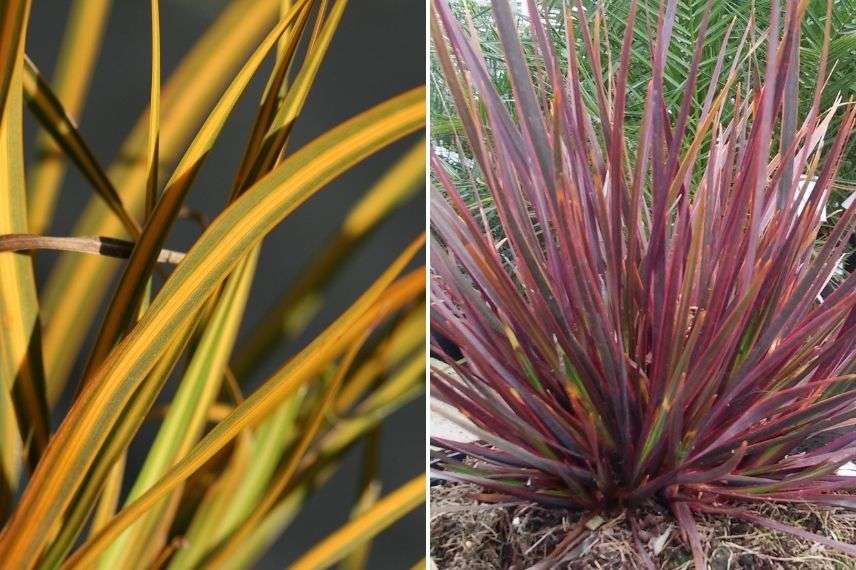
Libertia ixioides ‘Goldfinger’ in backlight and the flamboyant cultivar ‘Taupo blaze’ on the right
How to water and care for Libertia?
Watering
Water at a frequency that you will adjust according to weather conditions, especially during periods of intense heat and drought. Be sure to wait until the soil has dried before watering again. Note that your potted Libertia will require a more regular watering frequency than one planted in the ground, which, once established, will need minimal maintenance. In summer, prefer evening watering to limit water evaporation. If you notice the leaves drying out, increase the watering frequency.
In summer, provide water approximately once a week. During winter, the plant enters dormancy. Reduce water supplies and allow the soil to dry between waterings.
Feeding
Libertias need a regular supply of nutrients to keep the substrate sufficiently rich. In general, all plants will benefit from the addition of compost or an organic fertiliser at planting, such as crushed horn.
Care and maintenance
Libertia require no special care and are very easy to maintain. Although their leaves are evergreen, a small number of them die each year. Keep them at the lower part of the plant; they will serve as mulch against frost. Libertia is suckering, so it will be necessary to divide the stumps to propagate them. In such situations, the entire plant can be refreshed by cutting it back to the ground.
For further reading
Discover Libertia in our complete guide : all our tips for planting, growing, and maintaining it.
- Subscribe!
- Contents
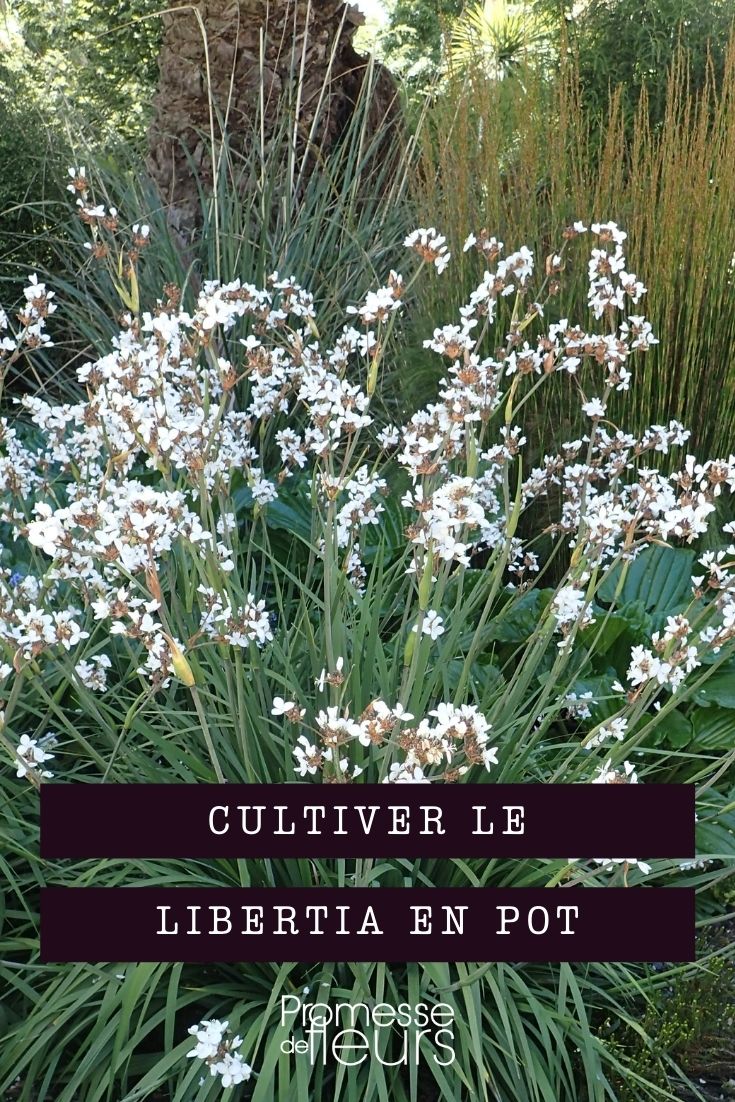































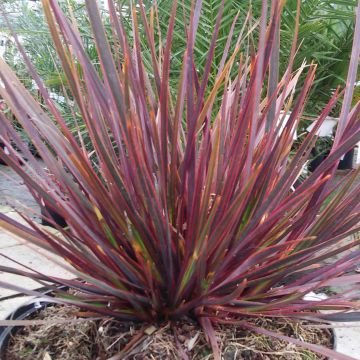
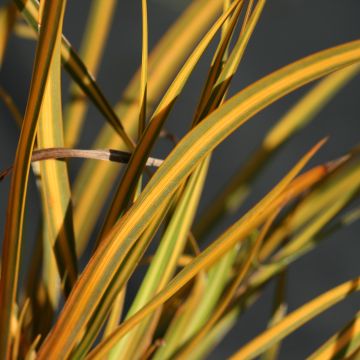


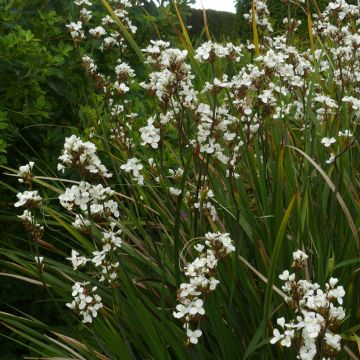

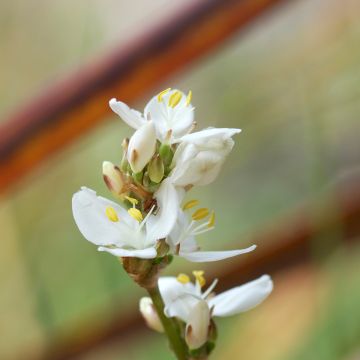
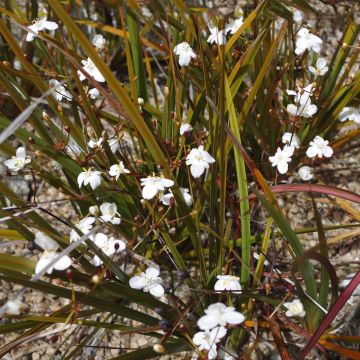
Comments